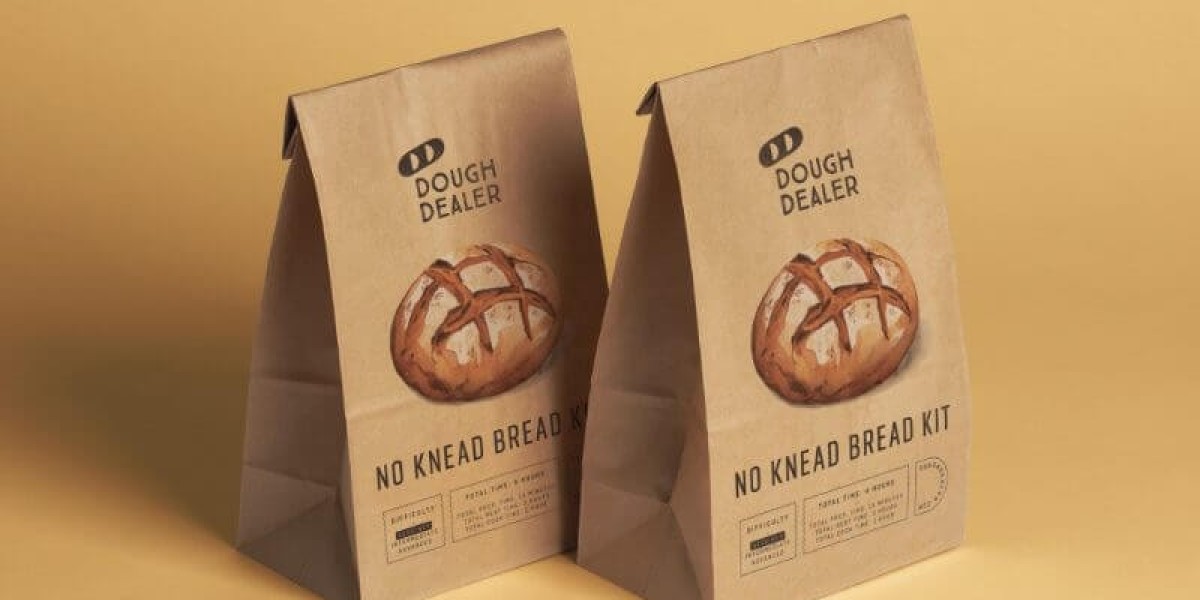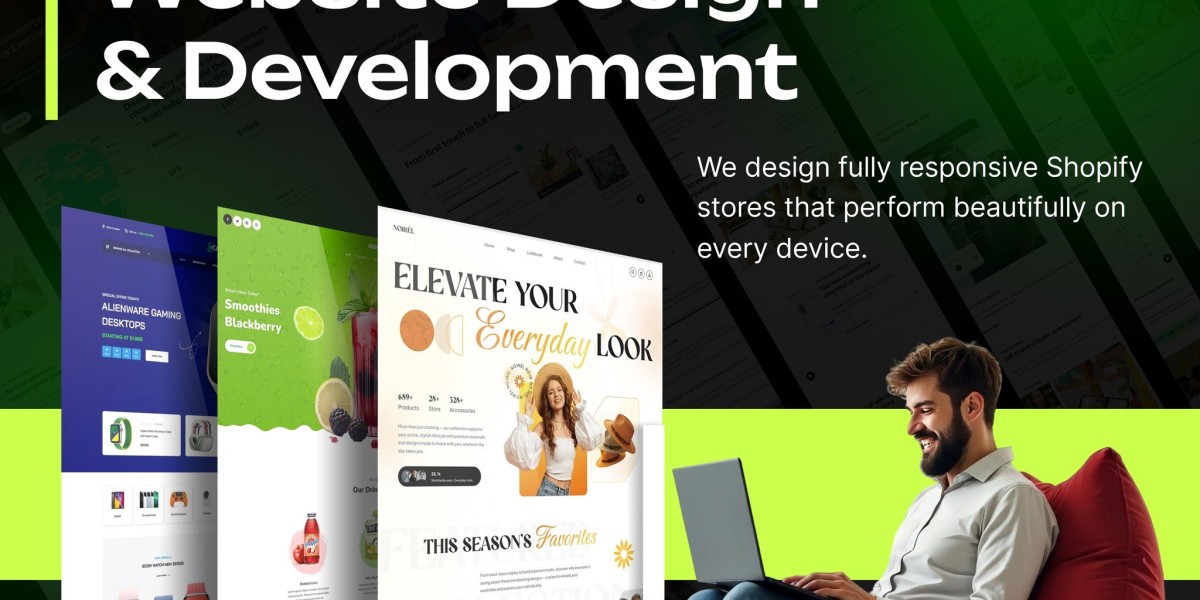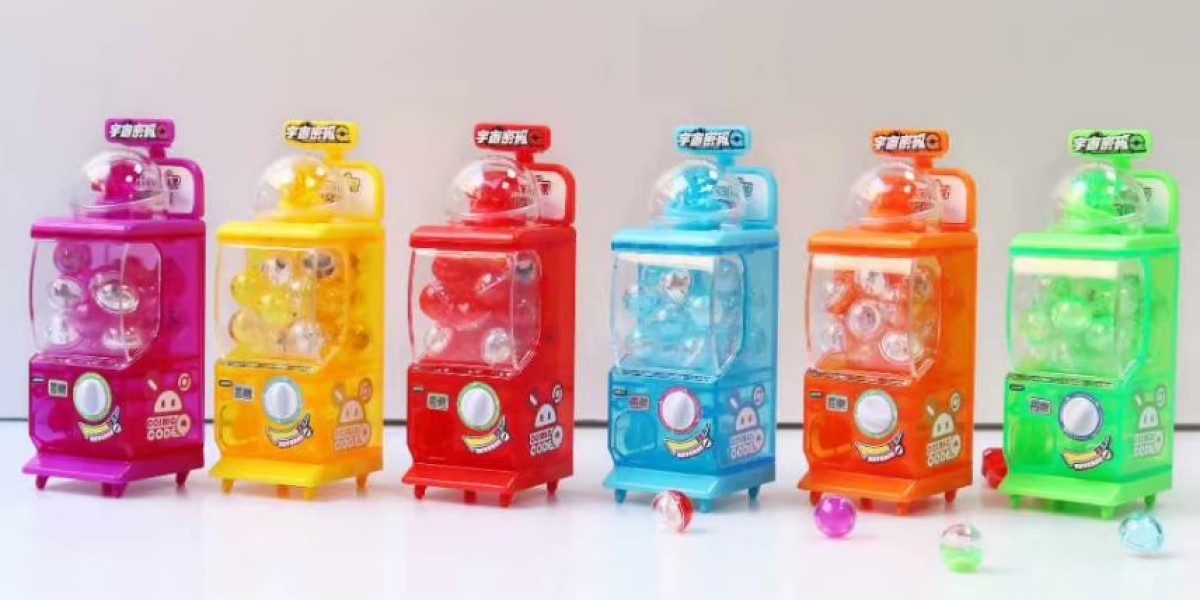When selling baked goods, one of the biggest concerns for bakeries, home bakers, and food brands is whether their bakery boxes are truly food-safe. Packaging directly affects freshness, hygiene, and customer trust. With many materials on the market, understanding what qualifies as food-safe is essential for both safety and compliance.
This guide explains what makes bakery boxes food-safe, the materials used, safety standards, and tips for choosing the right packaging.
What Does “Food-Safe” Mean?
Food-safe packaging refers to materials that do not transfer harmful chemicals, odors, or particles into food. These containers must be safe for direct or indirect contact and should keep products fresh without contamination.
Food-safe bakery boxes must:
Be made from non-toxic, FDA-approved materials
Resist grease, moisture, and oils
Prevent bacteria, dust, and environmental contamination
Maintain food quality and aroma
Are All Bakery Boxes Food-Safe?
No — not all bakery boxes are automatically food-safe.
Some boxes are made for gifts or retail items and are not designed for food contact.
A bakery box is considered food-safe only if:
The material is rated for food contact
It uses food-grade coatings or liners
It avoids harmful chemicals like BPA, heavy metals, or toxic dyes
Always check if the packaging supplier clearly states “food-grade” or FDA-approved.
Common Food-Safe Materials Used in Bakery Boxes
1. Kraft Paperboard
A popular eco-friendly option, kraft paperboard is:
Biodegradable and recyclable
Strong and grease-resistant (when coated)
Suitable for pastries, cookies, and cakes
Food-safe kraft boxes often include a water-based coating or PE lining.
2. SBS Paperboard (Solid Bleached Sulfate)
SBS is a high-quality, white paperboard used for premium bakery packaging.
Benefits include:
Smooth, clean appearance
Excellent printability
Strong barrier against moisture
It is widely used for cake boxes, macaron boxes, and dessert containers.
3. Corrugated Cardboard
Used for larger or heavier baked goods, especially for delivery and shipping.
Features:
Strong structure
Eco-friendly
Can be lined with food-safe paper
Corrugated boxes by themselves are not food-safe unless lined.
4. Greaseproof & Parchment Liners
Often used inside bakery boxes for additional protection.
They help:
Prevent oil stains
Preserve freshness
Avoid direct contact when boxes are not certified food-safe
Coatings That Make Bakery Boxes Food-Safe
Food-grade bakery boxes may include:
Water-based coatings
Clay coatings
PE coatings (polyethylene)
Wax coatings
PLA (plant-based) biodegradable coatings
Avoid boxes with unknown coatings, colored recycled materials, or chemical treatments.
Regulations & Safety Standards to Look For
Depending on your region, look for certifications such as:
FDA Food Contact Safe (USA)
EU Regulation 1935/2004 (Europe)
CFIA Food Packaging Standards (Canada)
ISO 22000 Food Safety Management
A reliable manufacturer should provide documentation when requested.
How to Know If Your Bakery Boxes Are Food-Safe
Here are simple checks:
✔ Check for a food-safe label or certification
Packaging should clearly mention “food-grade,” “food-safe,” or “FDA-approved.”
✔ Look for odor-free material
Food-safe boxes do not smell like chemicals or ink.
✔ Check for grease and moisture resistance
Boxes should not absorb oils easily.
✔ Ask your supplier for compliance documents
Good suppliers will share food safety certifications.
Are Printed Bakery Boxes Safe for Food?
Yes — as long as the printing uses food-safe inks and the printed side does not directly touch the food.
Food-safe inks include:
Water-based inks
Vegetable-based inks
UV-curable inks
Avoid toxic solvent-based inks for direct-contact surfaces.
Tips for Choosing the Right Food-Safe Bakery Boxes
Opt for boxes with inner liners for extra protection
Choose coated kraft for oily items
Use SBS board for premium desserts
Select ventilated boxes for hot or freshly baked items
Choose eco-friendly options like biodegradable coatings
Conclusion
Bakery boxes can be food-safe, but not all are automatically suitable for direct contact with baked goods. The key is to choose packaging made from certified, food-grade materials with proper coatings and safety documentation. Using safe bakery packaging builds customer trust, protects your products, and ensures your brand meets industry standards.
If you work with baked goods—whether as a small bakery, home-based business, or food brand—investing in the right food-safe boxes is a must.








